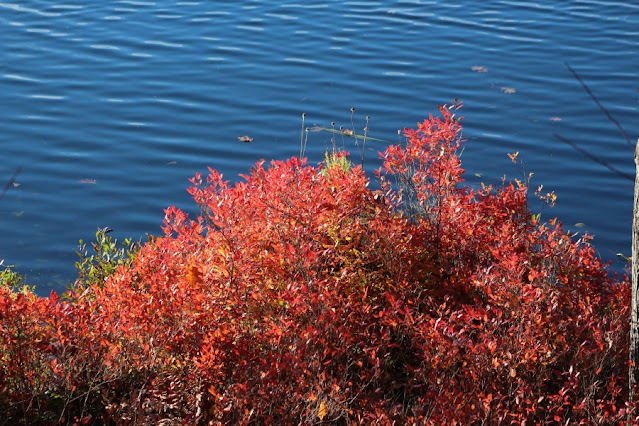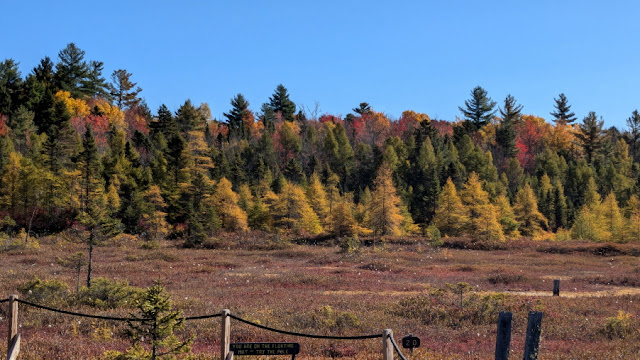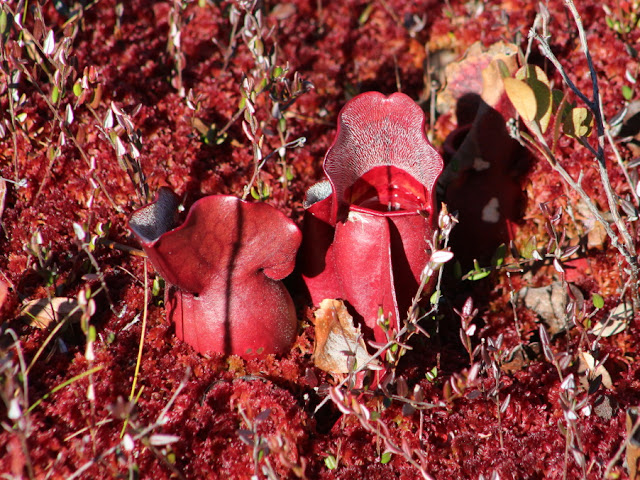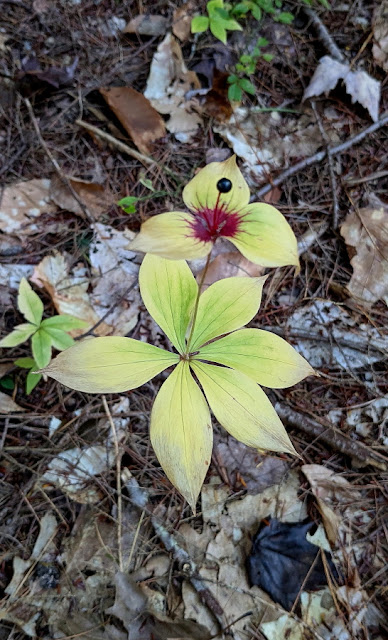Autumn is fading fast and our last long stretch of summer-like weather is probably behind us. Hunting season has begun with archery for deer now underway with firearms beginning on November 2nd (muzzleloaders only) and continuing through December 15th, so remember to wear bright colors when out in the woods. Duck hunting season is in full swing as well and will continue until late December with a two-week break in November. Why the break in the middle? It's done to comply with federal hunting rules which allow only 60 days of waterfowl hunting. Because some birds migrate early while others migrate later in the season, the break in the middle allows hunters to pursue all species through the season while satisfying the 60 day limit.
Usually we're awakened on opening day at exactly 30 minutes before sunrise, but this year the first shots didn't ring out until Friday, two weeks into the season. I expect they had good luck as there have been a lot of Wood Ducks on the lake this week. Going past the boat launch later that morning I saw the hunters taking their boat of the a lake and thought about stopping to ask about their day, but decided I really didn't want to know - between the two hunters they could have legally taken twelve of our pretty woodies.
Wood ducks are pretty skittish this time of year, probably on high alert from being pursed for a couple of weeks as they make their way south through New England. Detecting the slightest motion causes the whole flock to take flight.
 |
| Wood Ducks in Flight. |
By first light Wood Ducks are on the move from their overnight spots and just a couple of hours later they are nowhere to be seen until evening comes.
 |
| A flock of woodies at first light. |
Wood ducks do molt into winter plumage called the "eclipse phase" but the birds I've seen this week still appear to have their breeding plumage. As early risers, they get to enjoy salmon-colored sunrises on misty mornings.
 |
| Rising sun burns off the morning fog. |
Foliage is well past peak in the Lakes Region now but there are still some pretty colors to be seen, especially in the beech and oaks when they're lit up with the warmer hues of autumn sunshine.
There's a stray maple here and there that's lagging the others for some reason.
Many maple trees now have bare branches but earlier in the week there was still some nice color in the hills behind Wicwas.
 |
| Bare branches and morning rays. |
The blueberries and huckleberries will be the among the last to hang on to bright red leaves.
As the leaves depart the trees, so do the boats on the lake, but like the trees there are a few hardy souls still hanging on to these last days of the season before they leave the lake.
 |
| A quiet boat trip on a late October evening. |
Migrating birds are hopefully safely heading on their way as well.
Fly away Woodies!















































